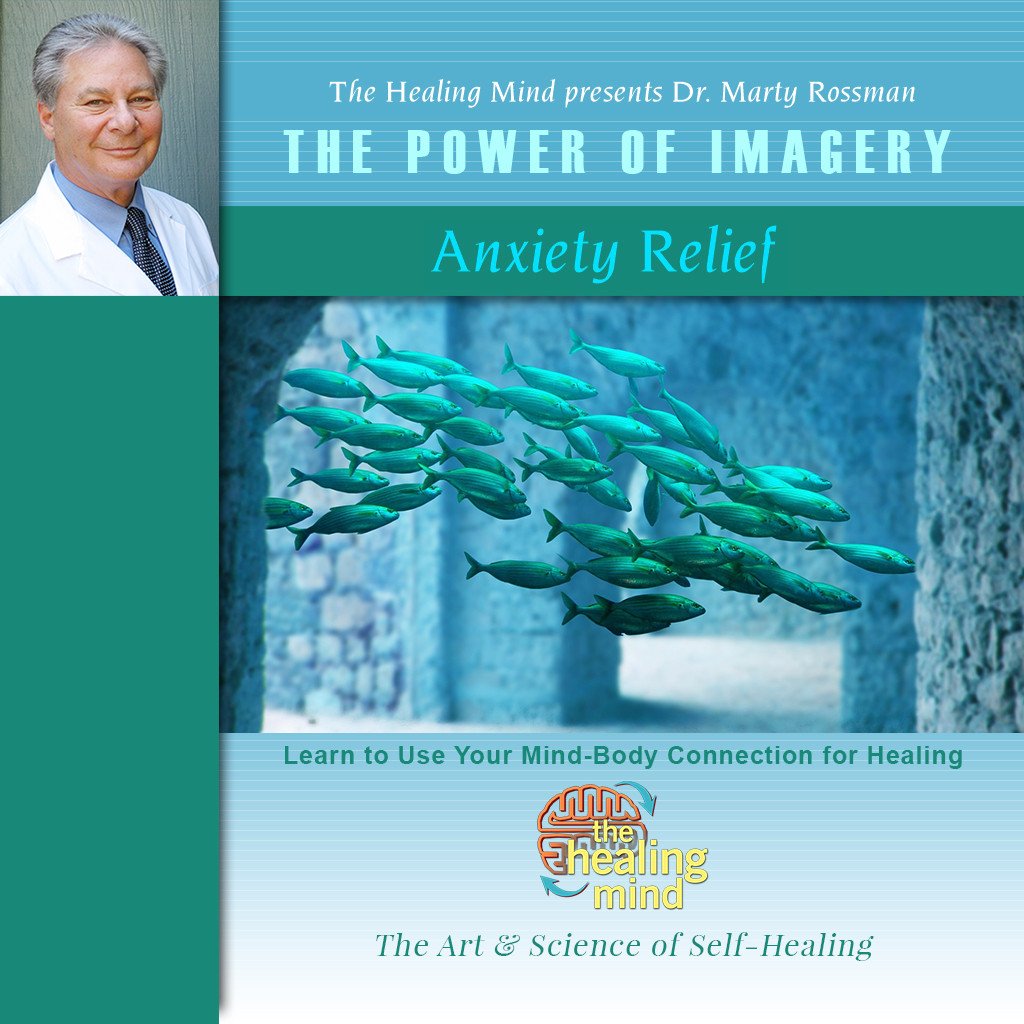
Everybody worries sometimes, but some people worry all the time. Worrying is a natural human mental function that allows us to examine problems like we might a tangled ball of yarn. We turn it over and over, looking at it from all angles until we can find a thread that loosens some knots and frees the yarn. With too many people, however, worry becomes a bad mental habit, a preoccupation, and a way of wasting mental energy that could be more much more productive.
Worry can become a form of defense against difficult feelings, and an almost magical way of feeling that we can fend off undesired events. There’s a story about an old woman who would circle her house three times every day, carrying a bundle of twigs and muttering to herself. One day a new neighbor asked her what she was doing, and she replied “I’m keeping my house safe from tigers.” The neighbor said “But we’re in Indiana. There aren’t any tigers in Indiana,” to which the crone replied “See!”

Worry is a natural function of the human mind, but it can turn from a tool into a tyrant. Worrying can become a bad habit, even an addiction, because most of the things we worry about never come true. By not coming true, we are rewarded in the neurological sense of the word, we feel good, we fee; safe, we feel like we are exerting some control over the situation, so we begin to worry about other things we’d like to be able to control. It can become a full-time occupation.
The trouble with worry is that it is mentally and physically taxing, creating unnecessary stress that is exhausting for the worrier, and for the people around her (I say “her” because while worry is certainly not exclusively a female trait, the majority of people who worry themselves sick are female.) habitual worriers often develop significant illness from insomnia to anxiety disorders, irritable bowel syndrome, headaches, back pain and fibromyalgia. Worriers aren’t happy, often get depressed and are more likely than the non-worrried to smoke, drink and get addicted to prescription drugs.

Worry is a function of the imagination and is probably the most common form of mental imagery. Without imagination, there would be no worries. Imagination is the mental function that more than any other separates us from other animals. With imagination we have been given the gift of planning, and of envisioning the possible future. Through imagination, humans have been given the gift of being mobile in time – we can remember that past, and learn from it, and we can envision many possible futures and have the opportunity to choose the one that is likely to work best for us. But this gift comes with a price – we can imagine so many possible futures that we can get paralyzed by them, and if our minds get hypnotized and stuck on fears, we can become immobilized by that function which can give us the greatest mobility. We need to learn to use our imaginations better, and in a way that supports our well-being, not our worries.
The good news is that learning to use our imaginations consciously can be of great help in lessening the grip of habitual worry. Through imagery many people can impact their psychological states, their heart rate, blood pressure, respiration, digestive function, sexual function and even their immune response.

Worry is a bad habit, a distorted use of imagination, and can be overcome by learning to use the imagination more effectively and skillfully. Through guided imagery you may not stop worrying, but you can learn how to worry better. Guided Imagery will help you eliminate unproductive worrying and focus on the issues that can benefit from worrying. It will teach you skills that will help you use your imagination more effectively so that you don’t have to worry all the time, and so that the worrying you do will really help you resolve the problems you have. If you use Guided Imagery, you can go from being a worry wart to a worry warrior.
To see for yourself how you can use your imagination to relax and reduce stress immediately, check out our “Anxiety Relief” Guided Imagery Audio, which will teach you how to reverse the debilitating states of Anxiety through relaxing, rejuvenating and proven guided imagery techniques that Dr. Martin Rossman has effectively prescribed to thousands. This information-packed CD session includes: deep body-mind relaxation, problem solving with your “inner advisor” and “evocative imagery” for converting fear and worry into positive energy and behavior.
Anxiety Relief Guided Imagery Audio

To learn even more about using your imagination to resolve problems instead of creating them, check out The Worry Solution book and CD set or our CDs on Stress Relief, Anxiety Relief, or our unique Guided Imagery for Self-Healing program featured on TheHealingMind.Org!



